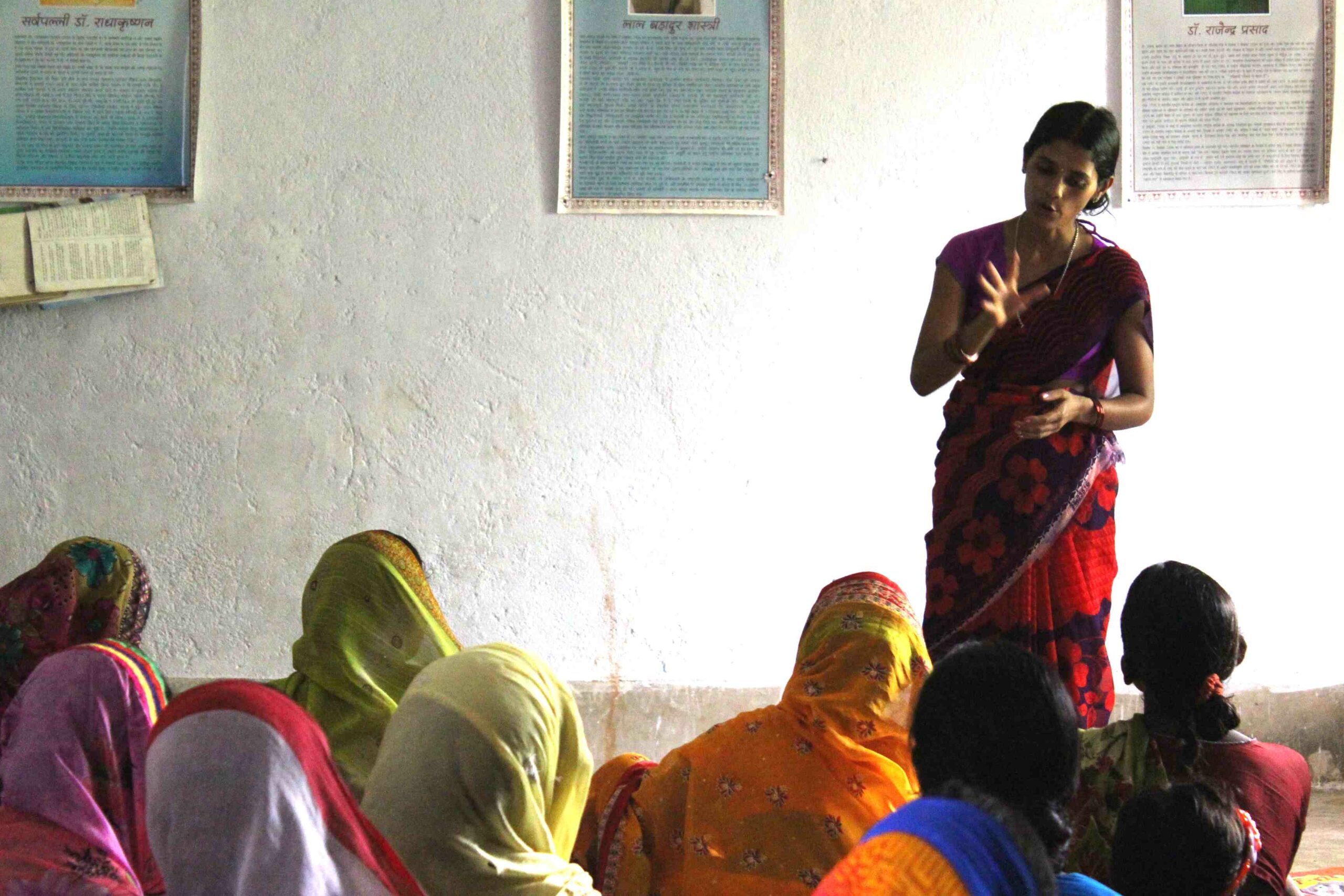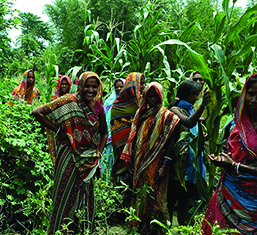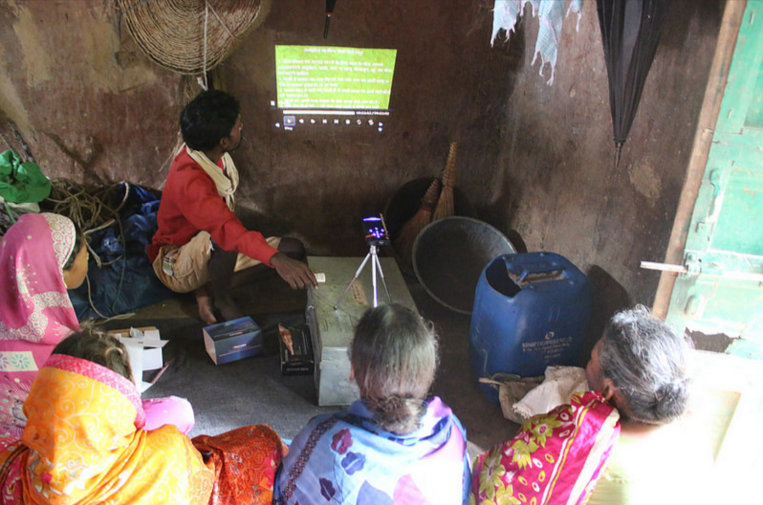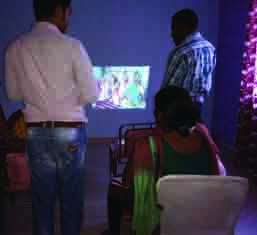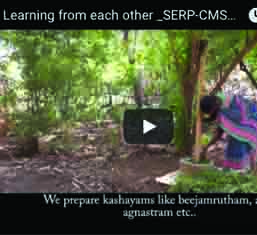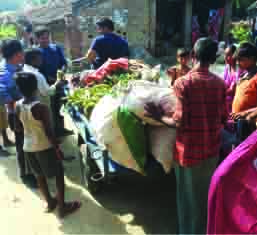Somia devi, 46, a resident of Nikaspur village, Morwa block of Samastipur district, Bihar in India, owns a plot of 1 Kattha (1 acre is 22 kattha) were she grows a variety of vegetables. She was dependent on chemical fertilizers like DAP, Khali, Potash and Urea, which used to cost her around INR 1,000 -1,500 per season. Apart from this she also had to spend on insecticide and pesticide sprays. Despite all this investment, Somia devis land had dry soil, her produce remained of low quality and prone to frequent diseases.

This changed soon after she watched a video about zero investment farming created and disseminated with Digital Green and JEEViKAs support. The video, screened in her village in April 2015, demonstrated how a farmer could cultivate using organic fertilizers that could be made without extra input costs using materials like cow dung, hay etc. available in her home. Now Somia devi prepares Ghanjeevamrit (organic fertilizers) for her whole farm and when the vegetables start growing she sprays Agniashtra and Brahmastra (organic pesticides).
She says that the natural method has helped her by reducing input costs of buying chemical fertilizers and pesticides. At present, she has totally stopped use of chemical fertilizers, pesticides and insecticides in her farm.
In a plot of 1 Kattha, she has planted more than 8 varieties of vegetables, namely Cauliflower, Brinjal, Pointed gourd, Chillies, Turmeric, Bitter gourd, Bottle gourd, Beans etc. She says Ghanjeevamrit keeps the soil light and helps it retain moisture, which in turn keeps the plants greener and healthier. The vegetables also taste good. I am really glad that I watched the videos on natural farming and have adopted it. Earlier, when I had only heard about this new method, I was quite unsure. I used to wonder if my field would adjust, but now after watching the video and farming by this method, I am very confident and also motivate others to adopt it. It was difficult for me to convince myself before I watched the video.
Somia devi is very happy. “The money I save is handy in educating my son,” she shares. She feels proud that women of the village consider her a role model and people come to learn from her.
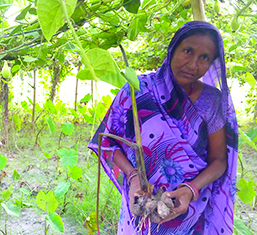
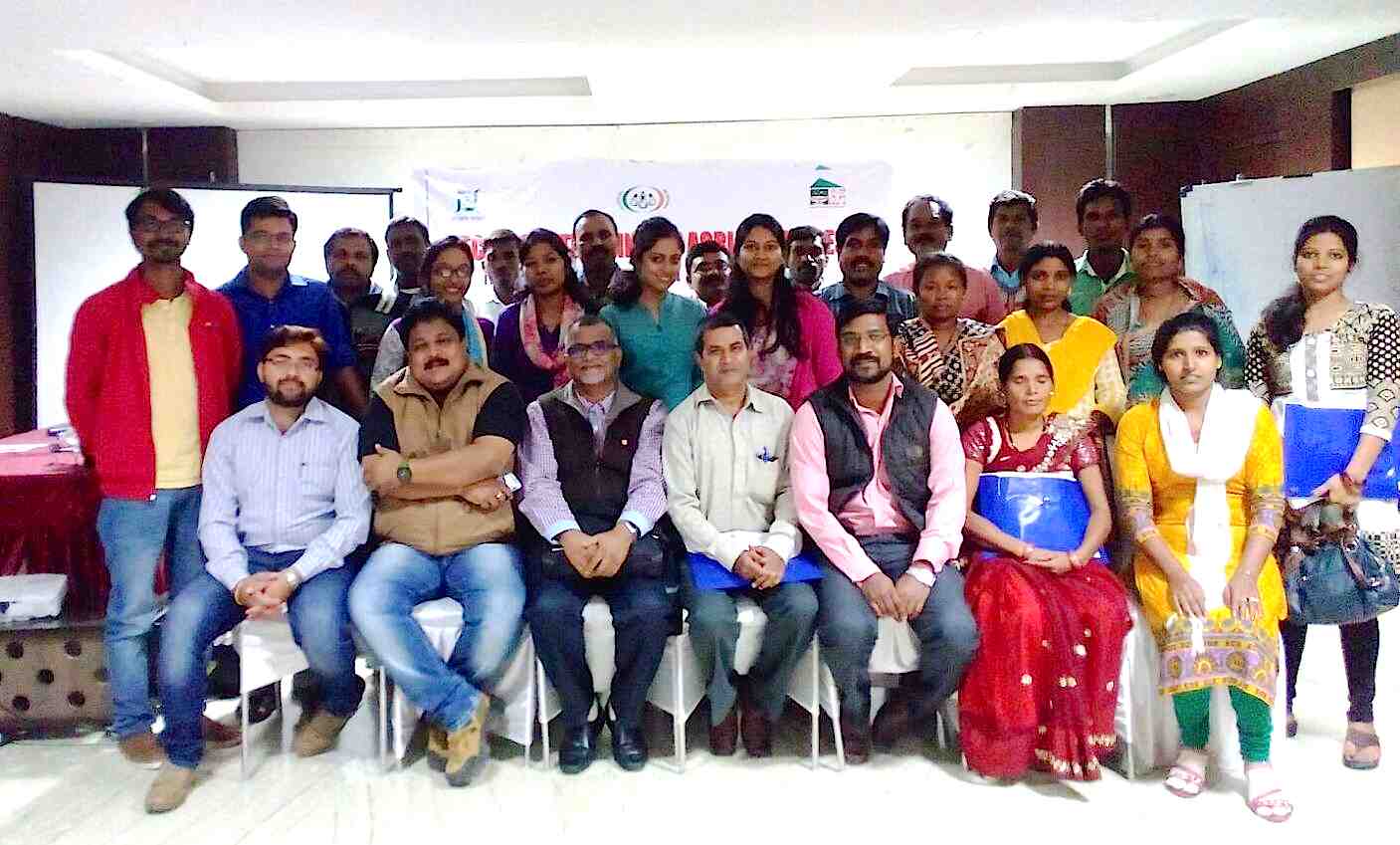




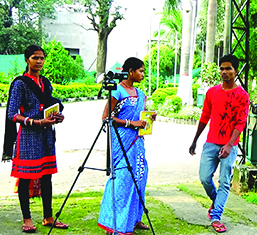

.jpg)
